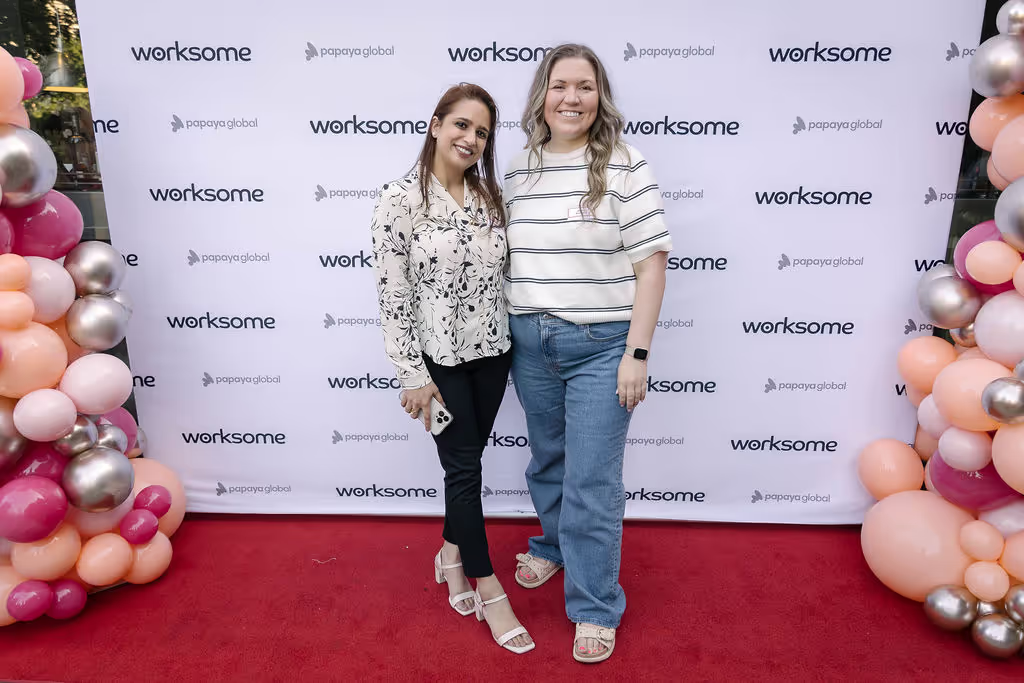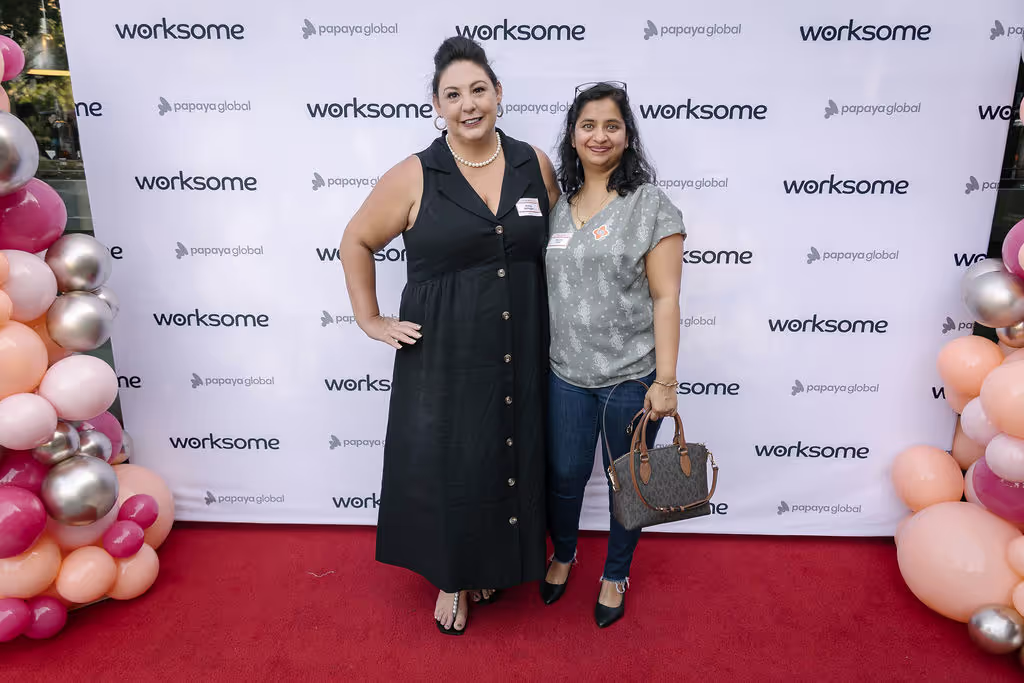The number of workers choosing to go freelance is pretty staggering and it’s only projected to increase from here. And writing a freelance resume can be confusing, particularly if you’ve had full-time experience, and you’re trying to figure out how to list freelance work on a resume in addition to those experiences.
Most resume templates don’t really serve freelancers because of how they’re set up, so freelancers typically have to get a little creative when building out their resumes. But don’t worry, the most important thing is that you’re thinking of a few key things to highlight. As long as you do that, you’ll be on your way to landing whichever clients you want the most.
Organize your freelance resume by themes, not dates
Resumes are typically done chronologically, but for freelancers this doesn’t really make sense. Re-thinking how you present your work history allows you to build a smarter freelance resume. Not only does it allow you to include more projects, it also lets you be strategic about which jobs you want to group together and why.
These could be types of clients, types of work, or types of results you helped your clients achieve. Getting a little creative here allows you to think about themes each particular client might want and organize your work accordingly. And highlight any noteworthy projects or clients as prominently as possible, to help draw the hiring manager’s eyes to the experiences you’re hoping they’ll notice immediately.
Highlight outcomes for clients
It’s easy to list out the day-to-day of what you were doing for past clients and, in some cases, this will be enough to land new work. But highlighting the outcomes that your work helped those clients achieve will show a lot more value for potential new clients, especially if you can include any specific numbers or stats.
This doesn’t just make you look more valuable as a freelancer, it also shows that you’re interested in helping your clients achieve tangible results for their business, instead of just completing the job they assign you and moving on to the next one. For companies managing freelancers, this can be one of the most attractive qualities in a candidate.
Tailor your freelance resume to the job description
This is true for all resumes, but it’s especially true for writing a freelance resume. Because you probably have a much wider range of experiences and clients than you would if you were a full-time employee, it’s essential that you highlight the ones that make the most sense for this specific client and project. Figure out which names and which specific projects are the smartest ones to highlight for this job description and that will help you know how to list freelance work on a resume for that specific job.
Highlight your freelance specific skills
Being a freelancer typically means developing a much broader skill-set than the technical skills needed for whichever field you’re in. There are skills like working without a lot of oversight, being better with deadlines, and strong communication that many freelancers naturally develop from working for themselves, and including these can make a freelance resume even stronger.
You probably see these skills as the bare minimum and don’t realize how valuable they can make you look to hiring managers who are used to hiring full-time employees. Hiring managers are often used to the work styles and needs of full-time workers. By intentionally highlighting these skills you’re letting them know that they can count on your abilities in that area more than they can from their full-time employees and highlighting that can set you apart.
Show off your technical chops on your freelance resume
One of the big benefits of using freelancers for companies is that they can come with technical or industry knowledge that full-time employees typically don’t have. If you’ve worked with a lot of clients in one particular industry — or worked in industries that are heavily technical or regulated — make sure to highlight this on your resume. It will help clients in those industries feel more confident in your abilities to understand the nuances of that industry. And for agencies that might have clients in those industries and lack the in-house technical talent, you’ll be exactly what they’re looking for.
Start with a freelance resume template
In case you can’t already tell, freelance resumes are pretty far from one-size-fits-all. But templates do exist and they can help you figure out how to list freelance work on a resume. There are some great freelance resume templates out there. And you can look at good and bad examples together for some good inspiration on what not to include on your resume.
Just make sure you still think about everything we’ve covered above, and don’t feel afraid to change anything. Templates are meant to be a starting point, but at the end of the day, you know your own experiences and expertise best.




































